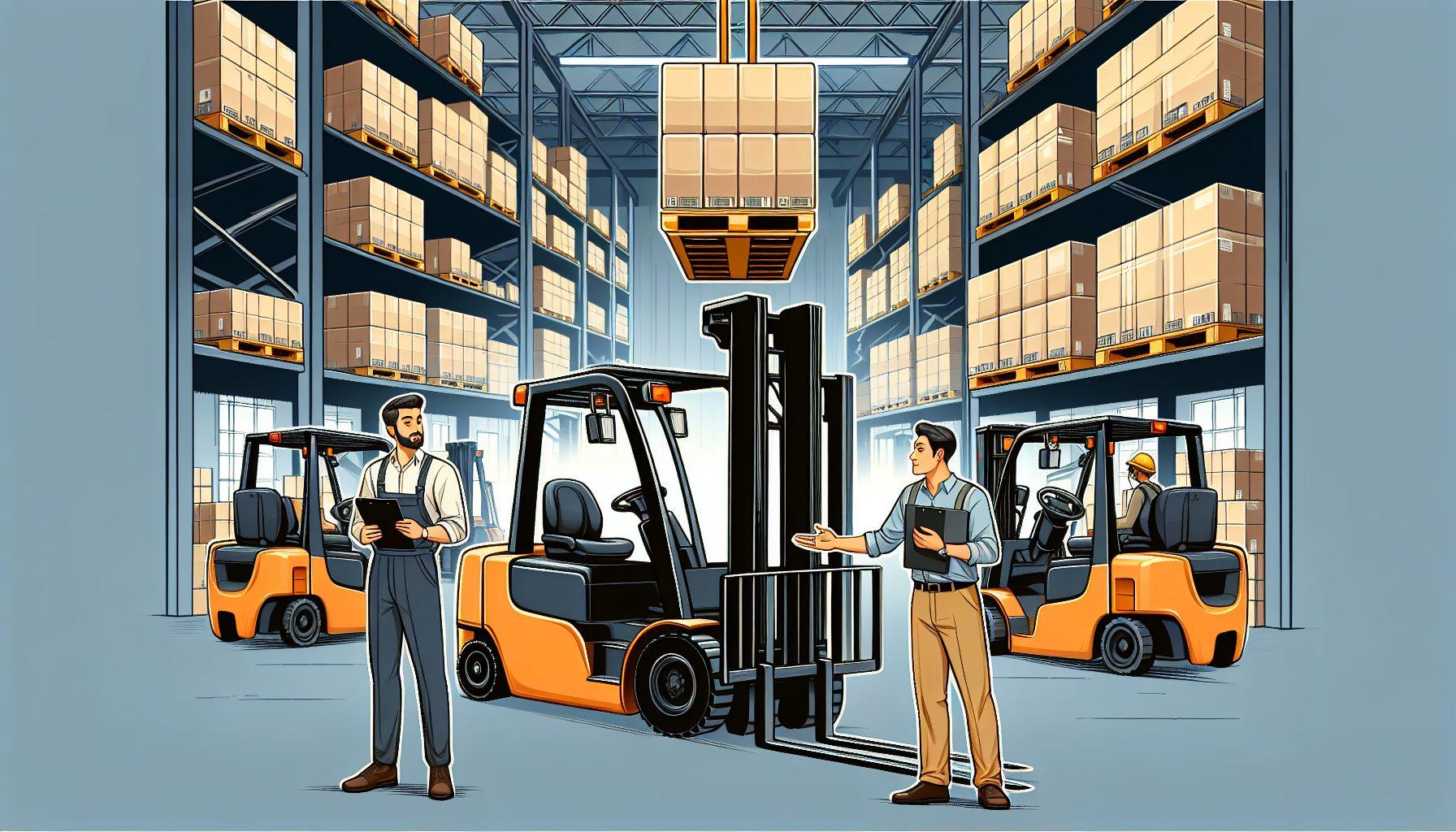In today’s fast-paced warehouse operations, efficiency and productivity are paramount. Companies are constantly striving to find ways to optimize their warehouse processes to ensure smooth operations and maximize profitability. One area where significant improvements can be made is in forklift battery management. By standardizing forklift batteries, companies can reap numerous benefits, ranging from increased productivity to reduced costs.
Improved Efficiency
Standardizing forklift batteries within a warehouse eliminates the hassle of managing multiple battery types and configurations. When forklifts are equipped with batteries that have the same specifications, it becomes easier to swap batteries between machines. This means that when a battery runs out of power, it can quickly be replaced with a fully charged one, minimizing downtime. Forklift operators no longer need to spend valuable time searching for a compatible battery or waiting for it to charge.
Moreover, standardized forklift batteries can be charged simultaneously in designated charging areas, ensuring a constant supply of fully charged batteries. This allows for uninterrupted operations as forklift operators can easily swap out depleted batteries for fully charged ones, without any disruptions to the workflow. The streamlined battery management process ultimately leads to improved efficiency in warehouse operations.
Enhanced Safety
Battery standardization also enhances safety within the warehouse. When forklift operators are familiar with a single battery type, they can handle and maintain them more efficiently, reducing the risk of accidents. Standardized batteries also comply with safety guidelines and regulations, ensuring that they are designed and manufactured with safety in mind. This reduces the likelihood of battery-related incidents, such as leaks or explosions.
Additionally, standardized forklift batteries typically come with advanced features that promote safety, such as built-in safety mechanisms that prevent overcharging or overheating. These features provide peace of mind to warehouse managers and operators, knowing that their battery fleet is equipped with the latest safety measures.
Cost Savings
Standardizing forklift batteries can result in significant cost savings for warehouse operations. First and foremost, it eliminates the need for purchasing and maintaining a variety of battery types. By investing in a single battery type that meets the requirements of the entire forklift fleet, companies can reduce their inventory and maintenance costs.
Moreover, standardized batteries are typically more durable and have longer lifespans compared to different battery types. This reduces the frequency of battery replacements, resulting in cost savings over time. Additionally, standardized batteries can be easily serviced and repaired, as technicians are familiar with their specifications.
Furthermore, battery standardization allows for better control over power usage within the warehouse. Companies can implement smart charging systems that optimize power consumption and schedule charging during off-peak hours, saving on electricity costs. This not only reduces the environmental impact but also contributes to long-term cost savings.
By implementing forklift battery standardization, warehouse operations can enjoy a wide range of benefits, including improved efficiency, enhanced safety, and significant cost savings. To take advantage of these benefits, consider implementing HCO Innovations’ forklift fleet power management solutions. They specialize in optimizing warehouse operations and offer innovative solutions to enhance safety, productivity, efficiency, and cost-effectiveness.

